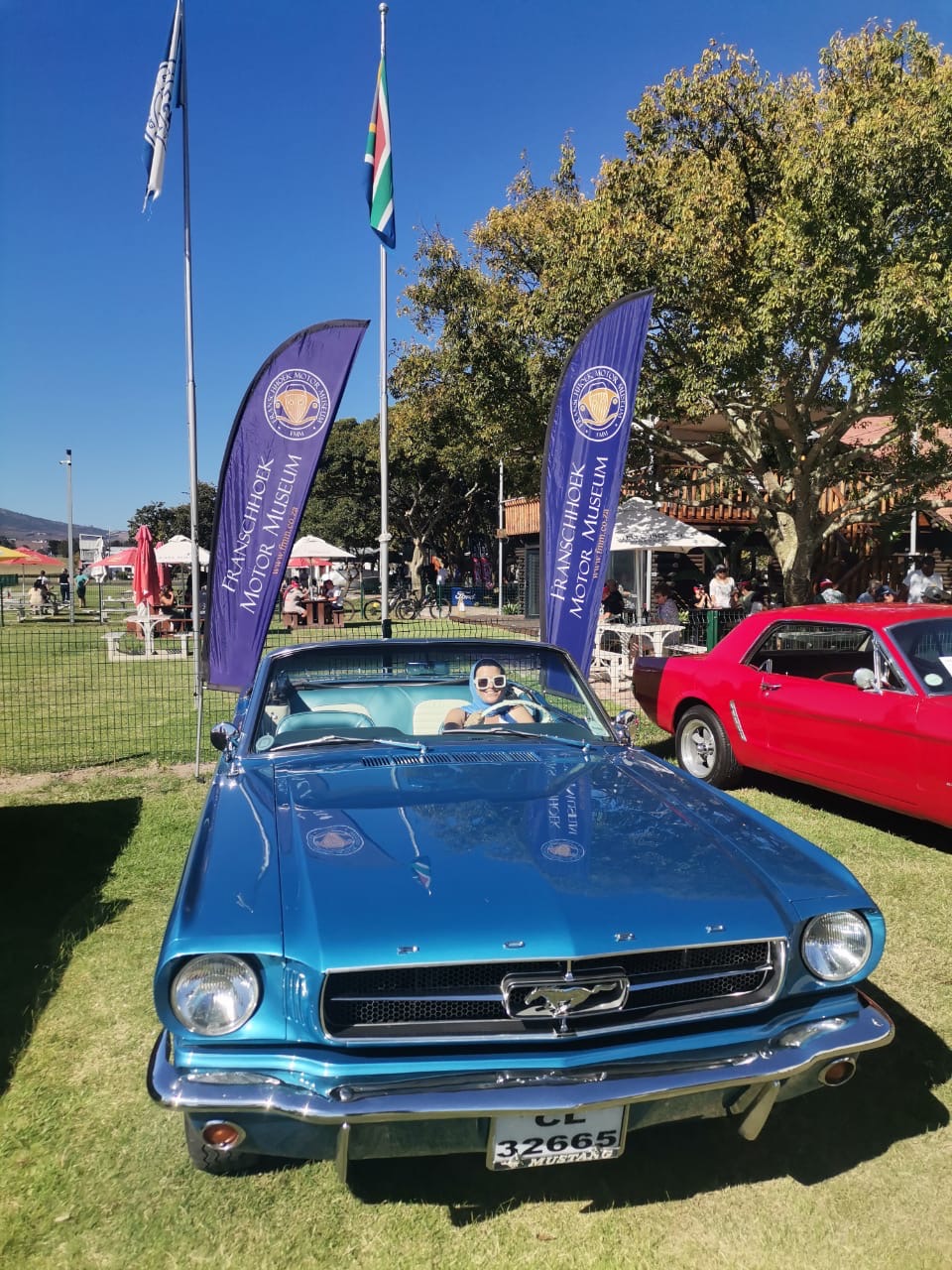
02 May Vehicle Design
With a flair for the artistic, Acting Curator Sian Theron delves into automotive design…
Coming from a humanities and arts background, I have been completely won over by the fascinating design concepts that have created some of the iconic vehicles of the past. Many of these have had a large bearing on the look and feel of present-day vehicles and, indeed, will continue to do so into the future.
While we often focus on the mechanics of a car, it must be acknowledged that looks also play a considerable role in vehicle choice. The history of vehicle design is fascinating, and the designers deserve a lot more credit and recognition than they have received. Thanks to a recent book donation, I have delved into the area of car design and have found myself thoroughly engaged in the subject. The effort and thought that goes into creating cars is amazing!
From early on, vehicle designers showed that cars could be more than just motorised carriages and could even keep up with fashions of the day. From an early Oldsmobile with its art nouveau lines to the aerodynamic styling taken from the airships of the 1930s, the impact of mass production, modernism and futurist concepts, car designers have taken tips and hints from the world around them and conveyed these into motoring masterpieces.
Well-known architects were known to view motoring design as a ‘visualising exercise’. American Frank Lloyd Wright and German-American Walter Gropius both designed vehicles, although the greatest contribution to motoring that came from architects was ‘prioritising the importance of a car’s internal space in relation to its external structure’.
From the 1950s, women starting playing an integral role in interior car design. Major car producers GM and Ford had design teams of women in recognition of the importance of aesthetics aligned with practicality to appeal to the growing ‘family car’ customer base.
Car design varies from luxury to utility and includes people’s cars, concept cars, muscle cars and more. Vehicles are an everyday common practicality, but they can also be an expression of style and individuality. Although there are similarities in vehicular shape, overall, each car is different and one can see the expression of different designers in the different curves and lines. Even nationality can be discerned by a well trained eye as there are distinct styles, be they Italian, French, German, English and so on. The deeper I delve into the history and design of vehicles, the more and more fascinating it all becomes.
The advancement in technology has also played a significant role in what cars look like and how they perform, even though the basic precepts of automobile mechanics remain similar to the early offerings. Modern materials have allowed for far more inventiveness and increasingly lighter and faster vehicles, which has also necessitated a greater consideration and inclusion of safety aspects within overall vehicle design.
FMM’s collection contains a wide variety of vehicles that includes some of the more well-known ‘WOW’ designs that have been created throughout motoring history. At present in Hall B, we have some fine examples of some of the more unusual vehicle designs. And as a foil, the other half of the hall contains some more simple, less eye-catching vehicles. There is, however, nothing boring about these vehicle designs. While the cars may not stand out, they were all hugely successful sellers in their day. Many of our grandparents, parents – and maybe even ourselves – grew up driving and/or being driven in these examples. You may notice the VW Beetle is in the line-up, and while far from mundane in design (thank you Ferdinand Porsche) it was very much the quintessential family car of its time.
The more unfamiliar and noticeable vehicles in Hall B are as follows:
- The Studebaker Avanti by Raymond Loewy, who was a proponent of the more subtle European styles. The Avanti, with its sleek lines, provides a perfect example of his distancing his designs from what he termed the ‘more gaudy jelly moulds’ of American styling.
- The Tatra T97 by Hans Ledwinka can be seen as a precursor to Porsche’s Beetle. The T97 exemplifies the era of streamlining with its large rear fin for stability.
- The BMW Isetta 250 and the Messerschmitt KR200 are typical of the ‘bubble car’ period, so called for the round appearance and curved windows.
- The VW Karmann Ghia showcases the involvement of Italian styling house work with mass-production manufacturers.
- The Ford Mustero is an interesting take on the classic Mustang. The vehicle is something between a Mustang and Ranchero, and is one of what is thought to be only 50 vehicles produced.
To learn more about these vehicles and see them in person, pop into the museum and visit Hall B.



